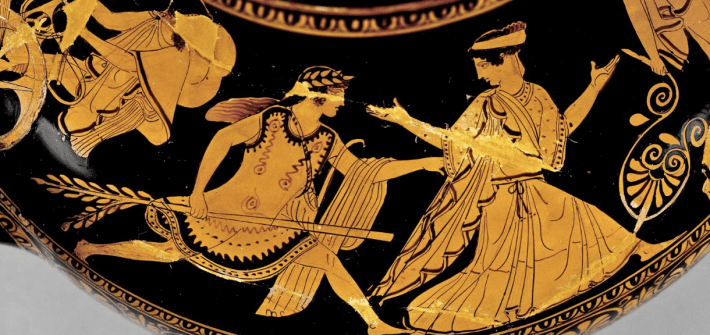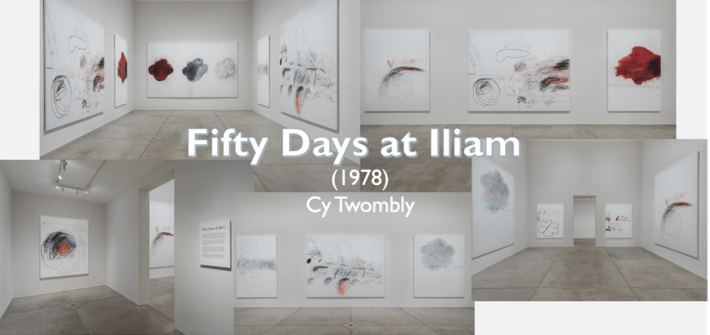Emily Wilson’s The Iliad Book Launch
By Riley Glickman
Following the success of her translation of The Odyssey, Penn’s favorite translator and resident celebrity classicist is back! Tuesday, September 26 marked the launch of Emily Wilson’s new book, a translation of The Iliad. The Free Library of Philadelphia in Center City hosted the book launch with a discussion, followed by a book signing for those who attended. The moderator of the talk was Penn’s very own Professor Murgnahan. Through Professor Murgnahan’s carefully guided questions, the packed auditorium spent an hour listening intently…









